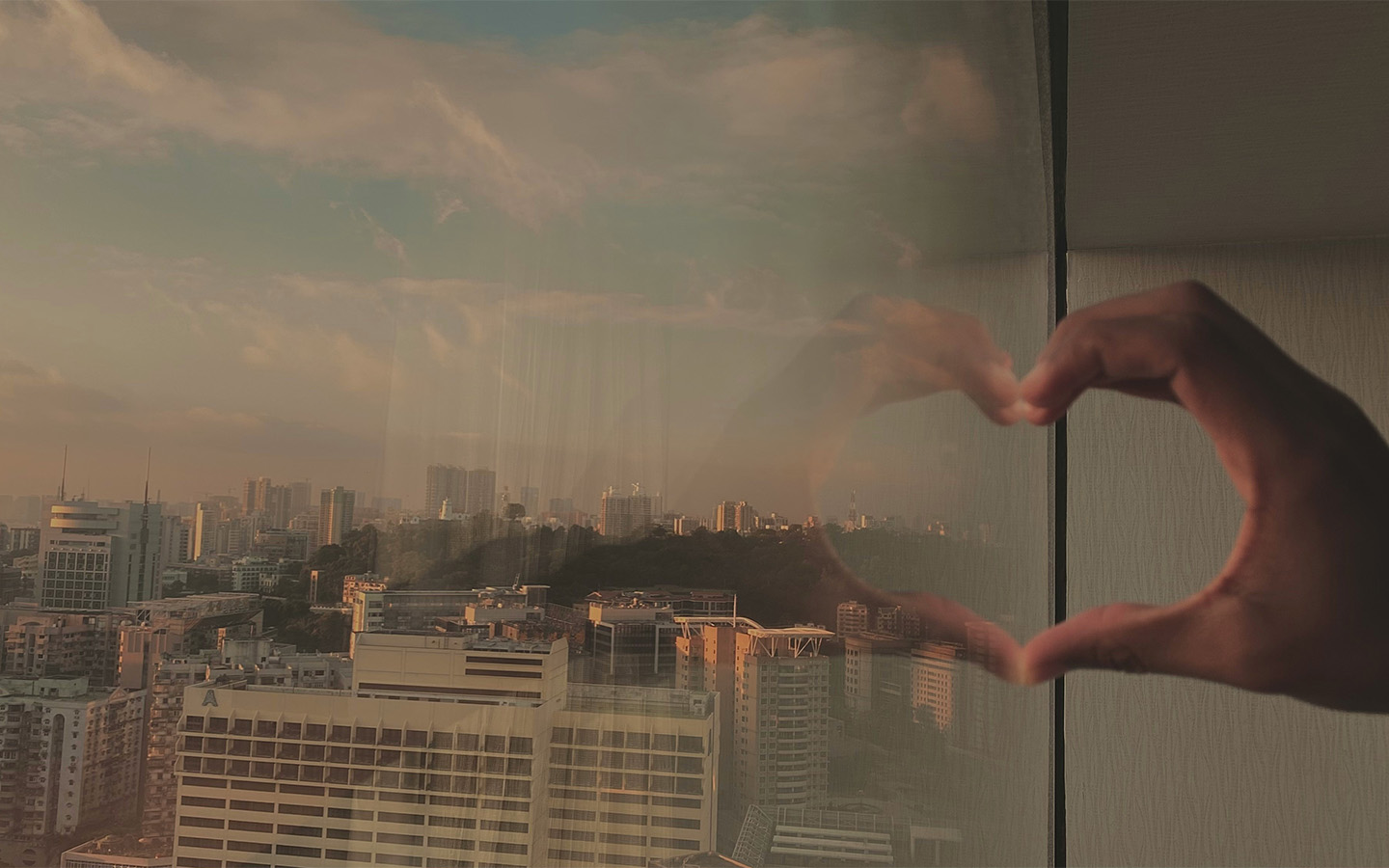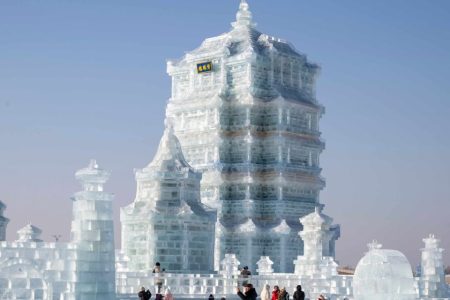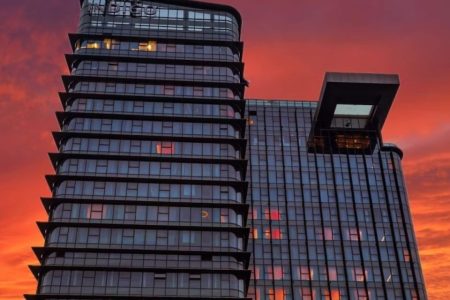At just 33.3 square kilometres, Macao is undeniably a small city, but what it lacks in size, it more than makes up for with its diverse range of activities and events – from gambling, shopping, dining, family-friendly fun, historical exploration and everything else in between. That makes it tough to give a quick answer to one of the internet’s favourite questions about Macao: What is there to do?
[See more: Insider’s guide to Macao: Top tips every visitor should know]
The tourist stuff – from the Cotai Strip to the Historic Centre and the Macau Tower bungee jump – is already well documented, so we decided to use some imagination. Here are seven quirky and interesting activities that are worth checking out on your next trip to Asia’s most entertaining city. What is there to do? Plenty!
Bathe in Sangria
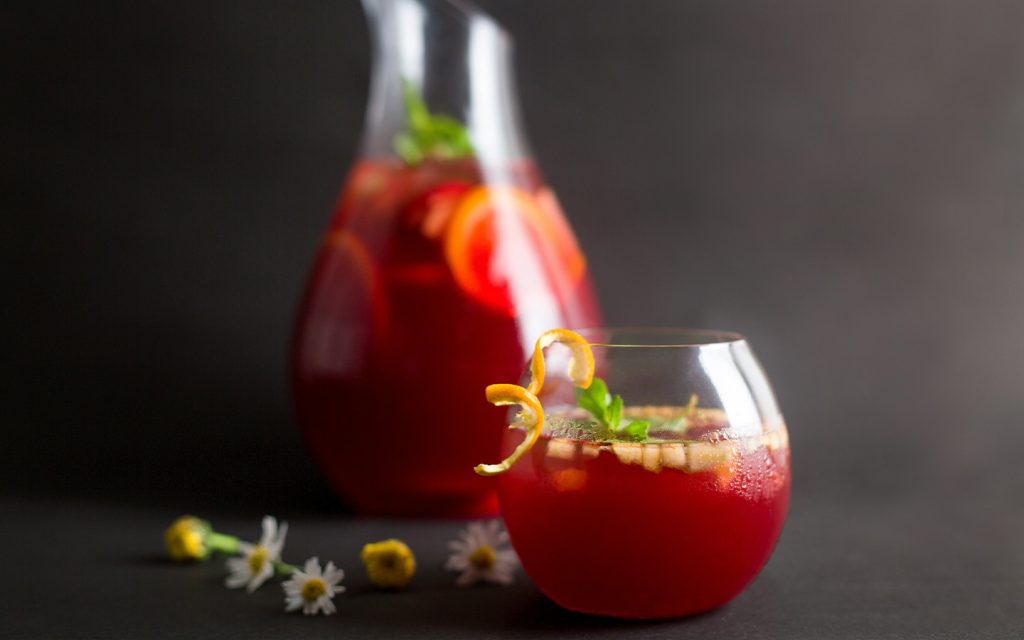
You’re on holiday. Why not soak yourself in alcohol as part of the Artyzen Grand Lapa’s Macanese Sangria Ritual?
Billed as a “East-meets-West spa journey that…embodies a shared appreciation for the red wine Sangria among Portuguese and Chinese,” the hotel’s spa treatment consists of three components, which last a total of 2 hours 20 minutes.
[See more: These are the trends shaping global travel in 2024]
The first part involves vinotherapy or the rubbing of grapes, herbs and oils on your body. This is followed by a literal sangria bath, while you also enjoy a glass of the delicious drink. Topping this all off is an 80-minute massage with grape seed oil that completes the rejuvenation process.
With a hefty price tag of 1,820 patacas, this isn’t cheap. But a chance to enjoy this much sangria without a hangover? Priceless.
Recreate scenes from your favourite Asian films
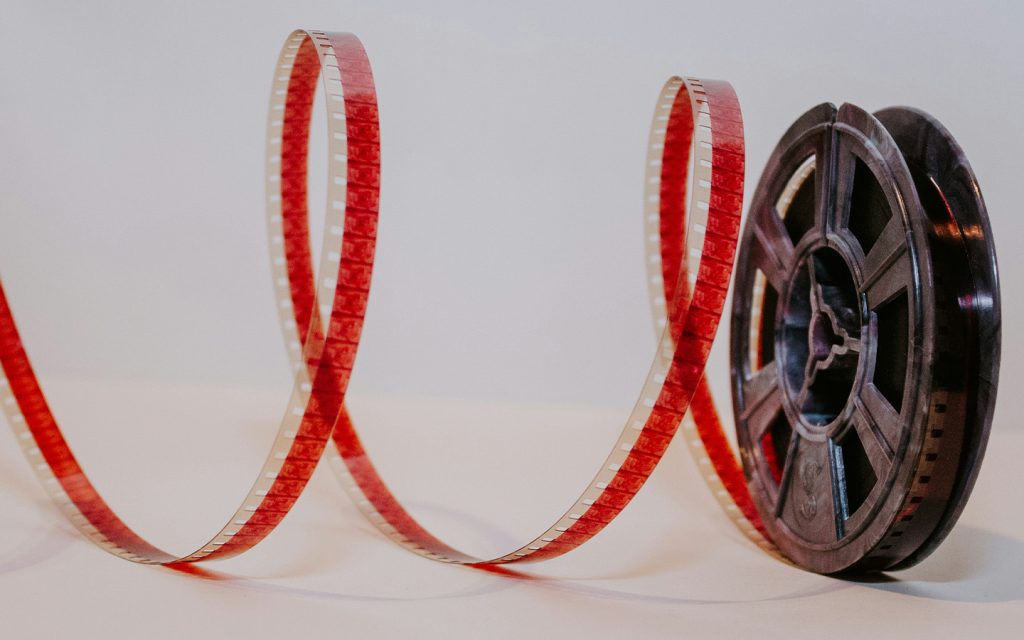
Film aficionado Allen Fuqua has an amusing online photo project called the Movie Mimic in which he recreates movie scenes in the locations where they were shot. You too can have your own fun replicating scenes from iconic Asian films that were shot on-location in Macao. Here’s a list to help get you started:
Fist of Fury (1972): Starring martial arts legend Bruce Lee, Fist of Fury has many iconic scenes, although the one in which Lee’s character destroys a “No Dogs and No Chinese Allowed” sign after being denied entry into a park remains highly memorable. The iconic footage was filmed outside the front entrance of Luís de Camões Garden, which doubles as Shanghai’s Huangpu Park. Fuqua also replicated the scene for his project, and now you can easily create your own.
Project A (1983): Jackie Chan is another major action star who has shot in Macao a number of times over the decades. One of his classic films, Project A sees him performing daring stunts around the slope leading up to Our Lady of Carmel Church along Rua da Restauração. We don’t advise you to scale the wall as Chan did all those years ago, but you can easily recreate the less dangerous parts of the scene for your own amusement. For reference, check out this video recreation of the scene that a group of aspiring local filmmakers recently did.
[See more: A guide to Chow Yun-fat and Tony Leung movie locations in Macao]
2046 (2004): Located along Rua da Felicidade, San Va Hotel, established in 1930, is one of Macao’s oldest hotels, if not the oldest. Its frozen-in-time quality has made it a favourite among arthouse directors such as Wong Kar Wai, who was looking to recapture the look of 1960s Hong Kong in his film 2046. That particular movie had scenes shot in the interior of San Va Hotel, including the stairs, hallway and the hotel rooms.
Exiled (2006): Legendary director Johnnie To is no stranger to Macao, having shot many productions in the SAR. His gangland drama flick, Exiled, is among his best work in the genre, with a number of recognizable Macao locations. Some of the more iconic shots from the film can be recreated at Largo do Lilau, including a shot from one of the posters, as well as those from promotional images such as this one.
Buy an offbeat souvenir from Livraria Portuguesa
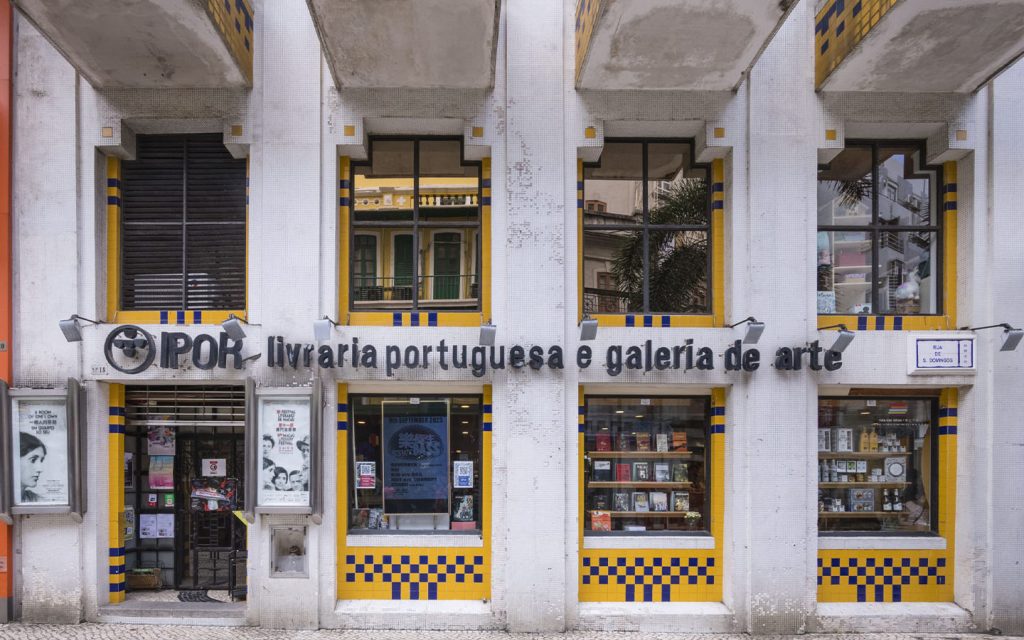
The two-storey Livraria Portuguesa is one of the best spots to buy Portuguese-language titles, as well as English books about Macao. The shop is also stocked with an array of great souvenirs, including a Macao Tourist Passport that looks almost as good as a real SAR passport. Costing 40 patacas, the tourist passport can be found at the front counter, alongside stamps of Livraria Portuguesa and the “Portuguese” egg tarts that you can use to decorate your passport pages.
[See more: On World Book Day, here are some of the best Chinese books about Macao]
Other goodies from the long-running bookshop include egg tart magnets, egg tart shaped cups, as well as gift packages costing between 120 patacas and 390 patacas that feature the said cups and Licor 35, a cocktail that uses egg tart cream.
Try the Instagrammable and viral food
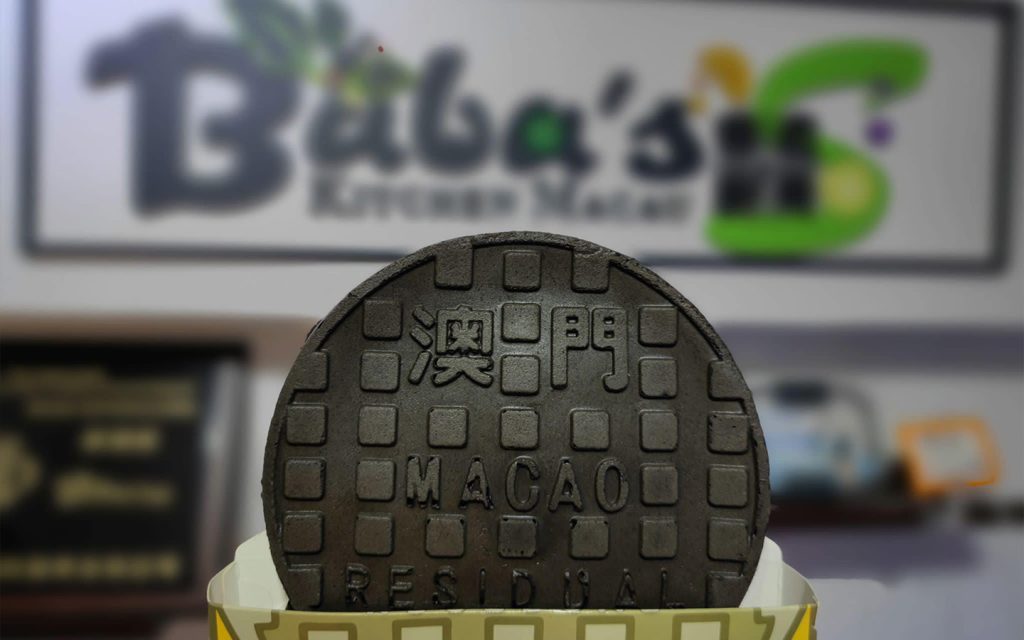
As a UNESCO Creative City of Gastronomy, Macao is home to a wide range of delectable food, including Macanese cuisine – described as one of the world’s first examples of fusion food.
There are also plenty of culinary novelties, such as the cheese pull coin. Available at Halo Cafe in Edificio Hei Van and costing 38 patacas apiece, the cheese coin is “the city’s very own version of the viral 100 yen cheese coin originating from Japan,” according to local TikToker Candy, who runs the @theporkchopbun channel. She mentions that the “the thick bubble waffle texture combined with the oozing cheese inside is pure heaven.”
[See more: The best independent French restaurants in Macao]
Another highly Instagrammable treat that is worth checking out is the Lion King bun, filled with red bean paste and served at Studio City’s Jin Ying during lunch hours. Candy says its “vibrant colours and intricate details…will leave you in awe.” If you want to try one, get in quick, as only ten of them are made each day.
Another viral food to have made the rounds on social media is a waffle designed to look like a manhole cover. Find it at the Baba’s Kitchen food trucks in either the Leisure Area of Kun Iam Statue Waterfront or Macao Contemporary Art Centre – Navy Yard No. 2. A small one costs 25 patacas, while a large sized waffle is priced at 37 patacas. These tasty treats come in a host of flavours ranging from red bean to pistachio.
Don’t forget to pay a visit to Tai Lei Lok Kei at Rua Correia da Silva, Taipa. The store has reimagined Macao’s one of Macao’s favourite snacks, the pork chop bun, in several variations such as pork chop in a pineapple bun (40 patacas), pork chop croissant (48 patacas) and pork chop pineapple croissant (53 patacas).
Tour the Protestant Cemetery
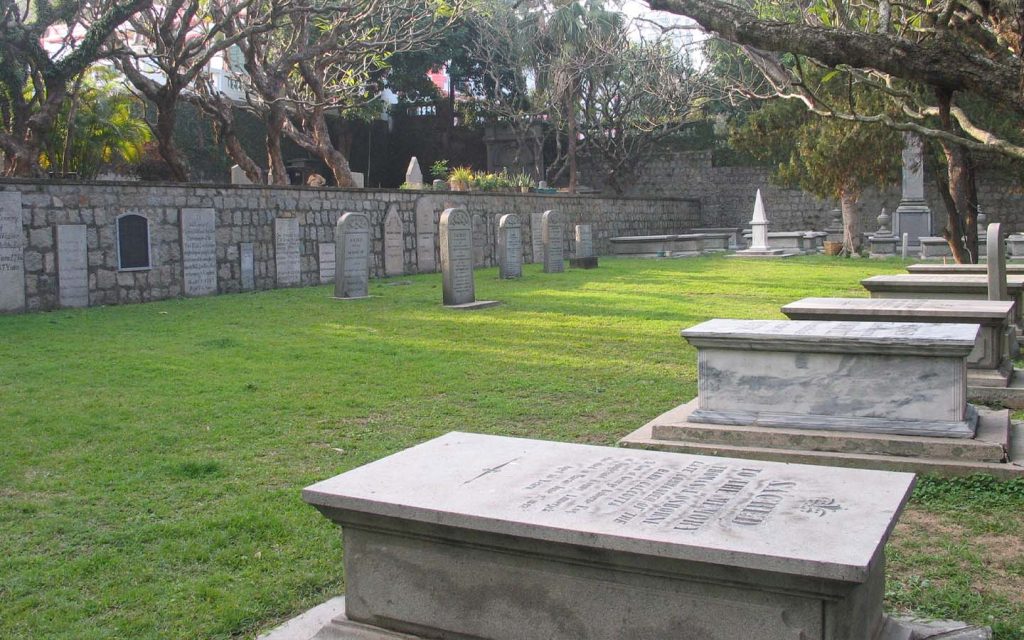
Macao’s Protestant Cemetery was established in 1821 as a resting place for non-Catholic foreigners and allows one to better appreciate the city’s role in facilitating exchange between the East and West.
“I always kind of [thought] that Macao was Portuguese,” says Kevin Maher, a Macao-based YouTuber who runs the Get Sidetracked in Macau & Hong Kong channel. “But when you go to that cemetery, I see all these other countries everywhere…a lot of British and Americans [as well as Scandinavian burials].” Maher adds that there are many gravestones belonging to those who were born in Massachusetts, an area in the United States that has historically been popular for Portuguese immigrants.
[See more: Macao has listed six new cultural heritage sites]
When visiting the cemetery, be sure to look out for the graves of notable figures such as Robert Morrison, the first Protestant missionary in China and the author of the first Chinese-English dictionary, who provided the namesake for the adjacent Morrison Chapel. The grave of George Chinnery, the 19th painter who is best remembered for his insightful paintings into the architecture of Macao and the everyday lives of its residents, can also be found. All in all, there are 162 gravesites.
Visit a quirky museum
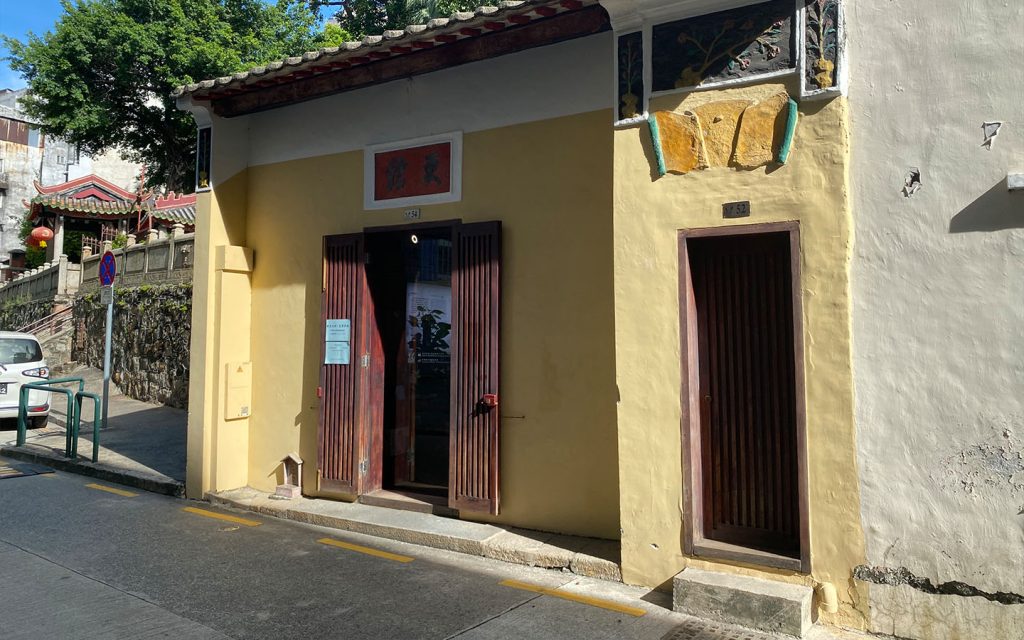
The Macao Museum and the Macao Maritime Museum are generally the top choices for tourists. However, the smaller, quirkier museums that are situated in the backstreets are also worth checking out.
One of them is the Patane Night Watch House, which is a museum dedicated to the night guards of old Macao who were responsible for keeping the community safe. According to local YouTuber Kevin Maher, the night watchman carried bells or whistles, which he would use to signal a typhoon, a fire or a theft. “It’s the last [night watch] building that’s still there in Macao,” he notes.
The museum is located at no. 52-54 Rua da Palmeira and is free of charge, with opening hours set between 10 am to 6 pm. For more information, check out the Cultural Affairs Bureau website or watch Maher’s video.
[See more: The Best Off-the-beaten-track Museums in Macao]
The Sound of the Century Museum is also highly recommended, although you will need to pay 30 patacas and book at least one day beforehand. Fittingly, this quirky private museum is situated on the second floor of the Tai Peng Electronics and Appliances shop on Rua das Estalagens No 13-15 and is the brainchild of Henry Chan who developed a penchant for collecting antique music players after discovering a 1930s vacuum tube radio while living in Canada. Unlike other museums, the Sound of the Century Museum is a strictly guided affair and with good reason – each of the more than 200 machines, including gramophones, record players and hand-cranked music boxes, has a fascinating story.
Last but not least, stop by the often-overlooked Tak Seng On Pawnshop, where you can learn more about the rich history of pawnshops in Macao and see artefacts from the early 20th century. The Tak Seng On itself was founded in 1917 and was the property of local businessman Kou Ho Ning, who was also part-owner of the nearby Hotel Central.
